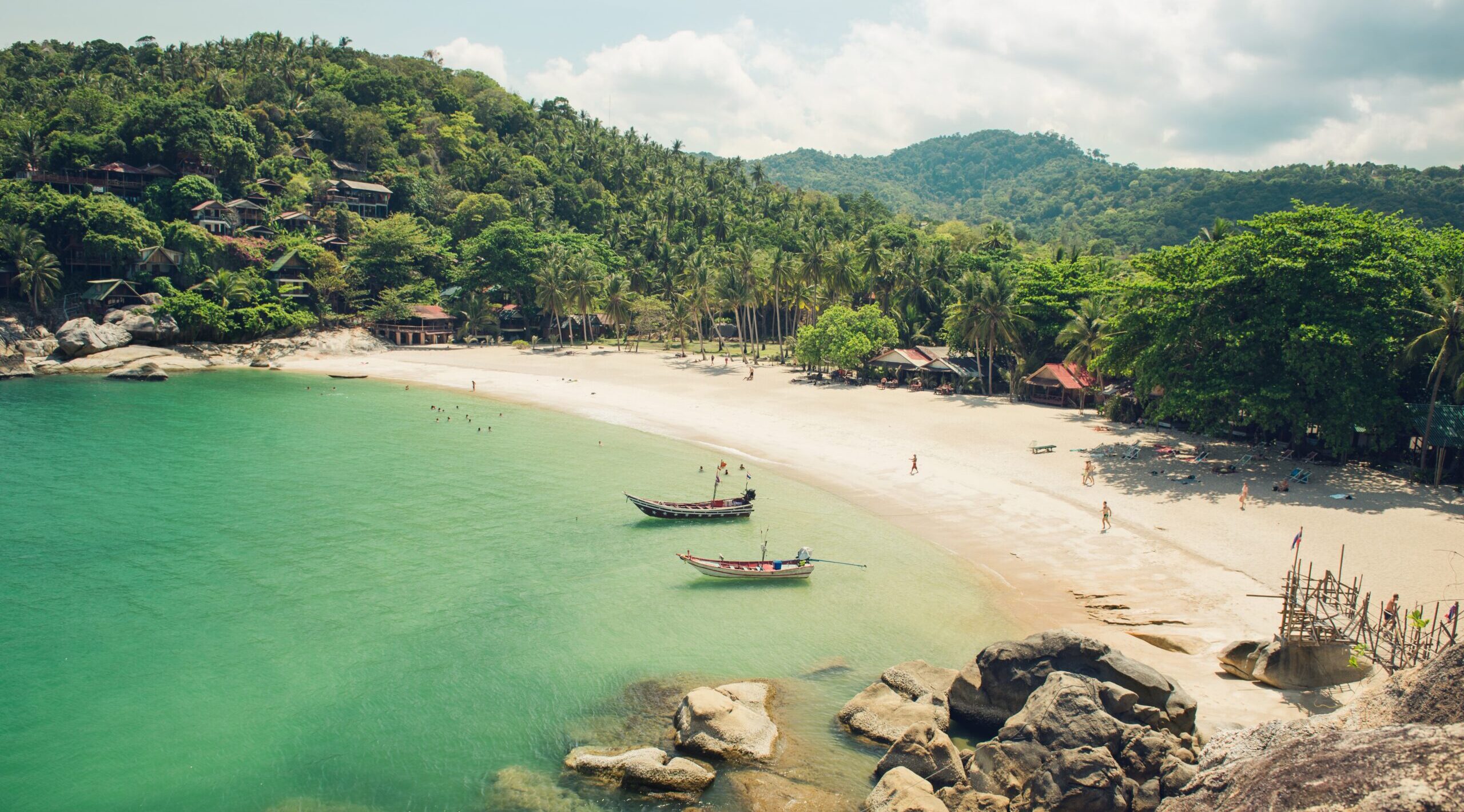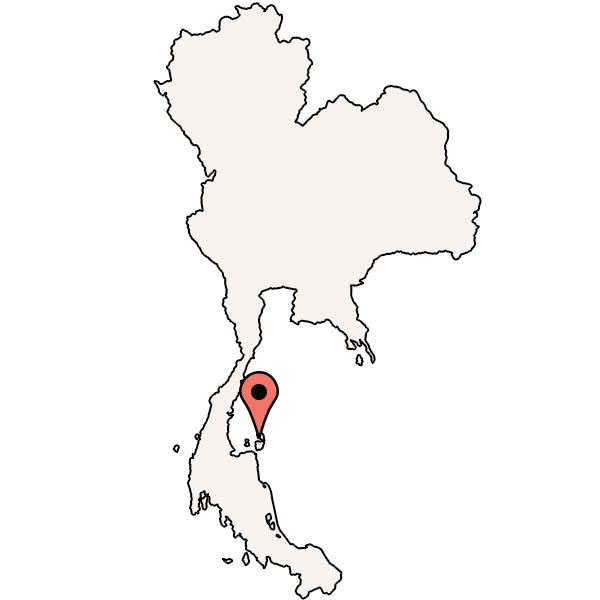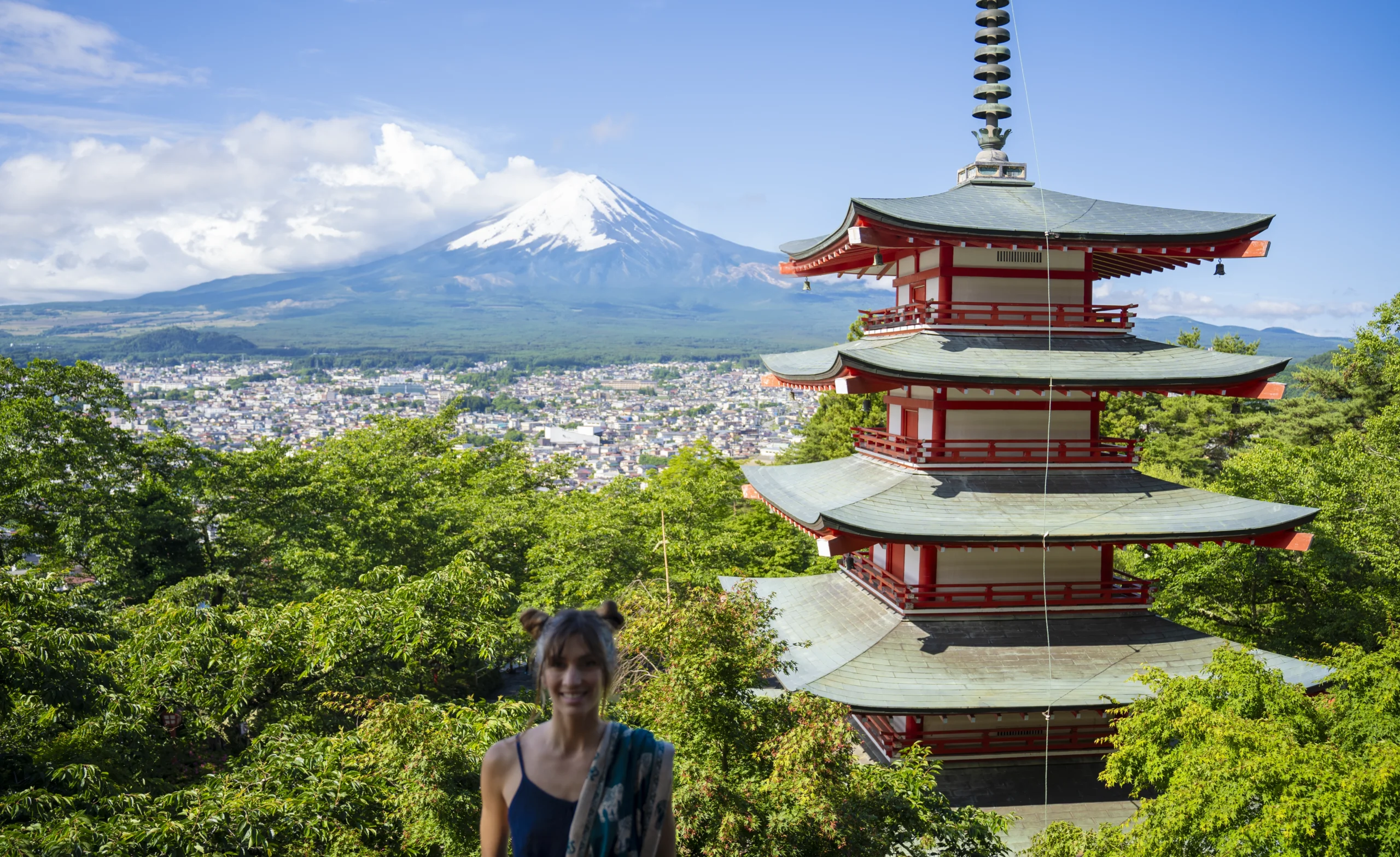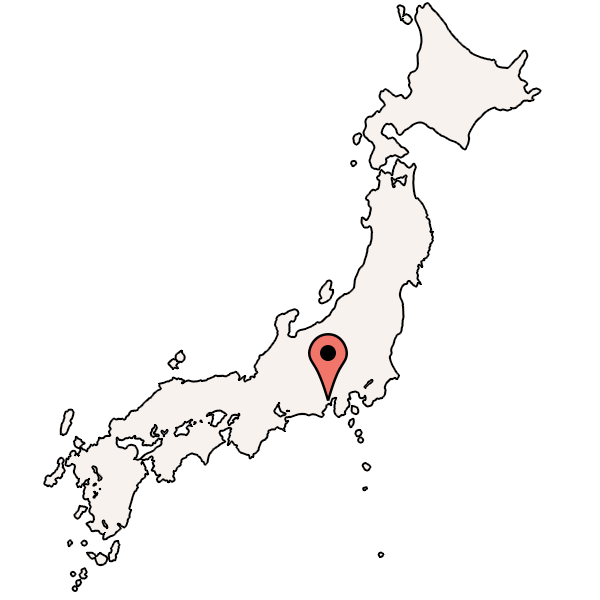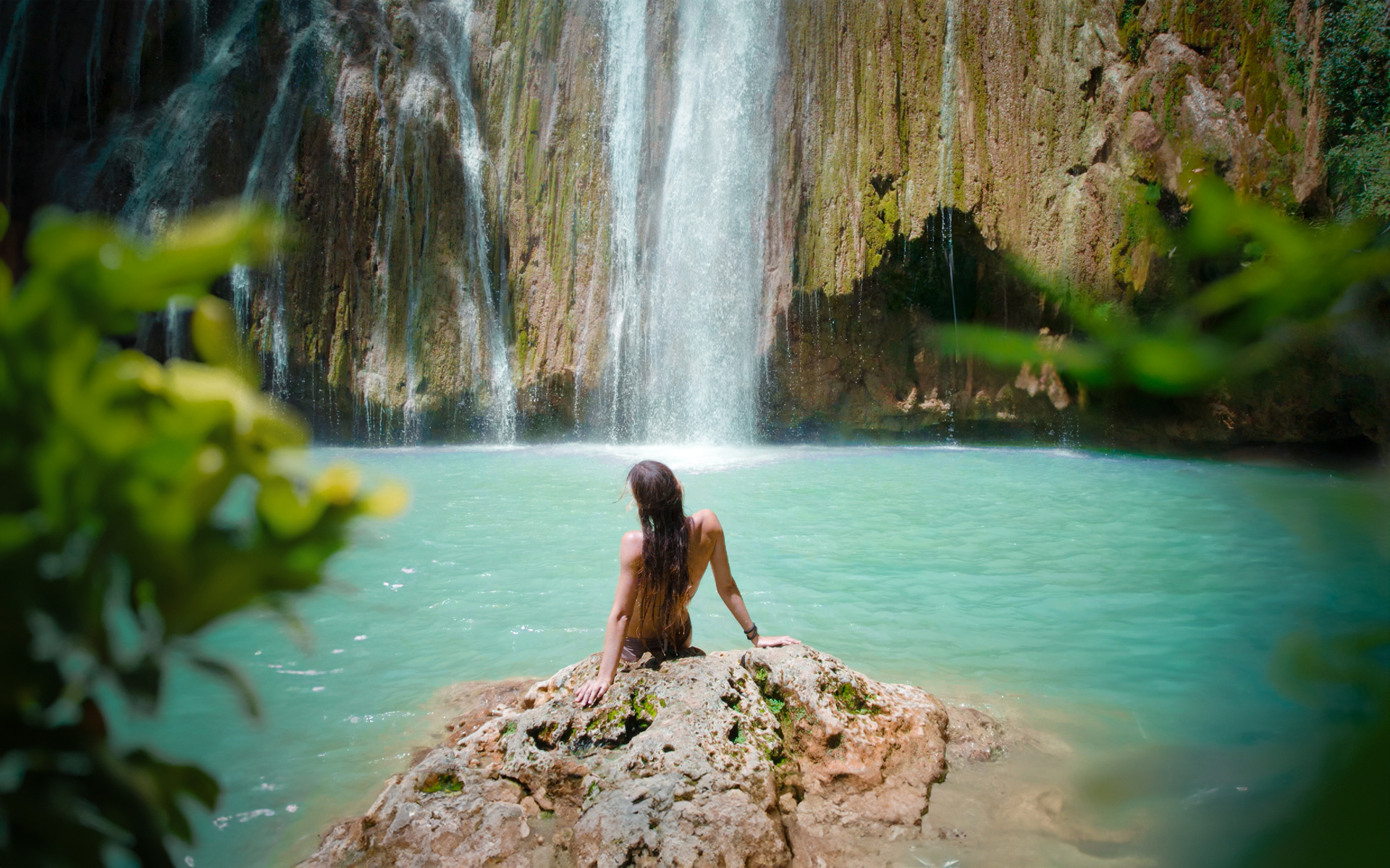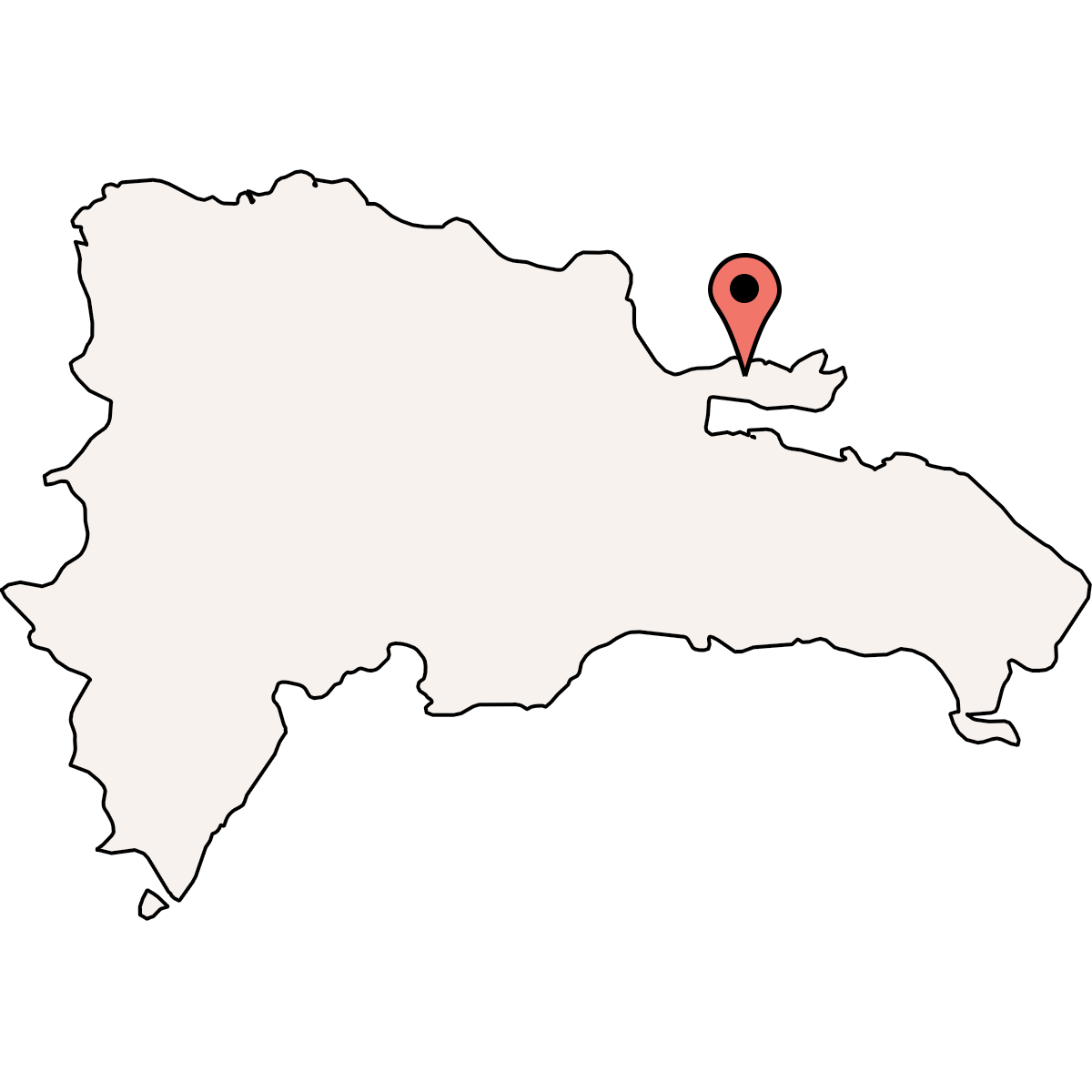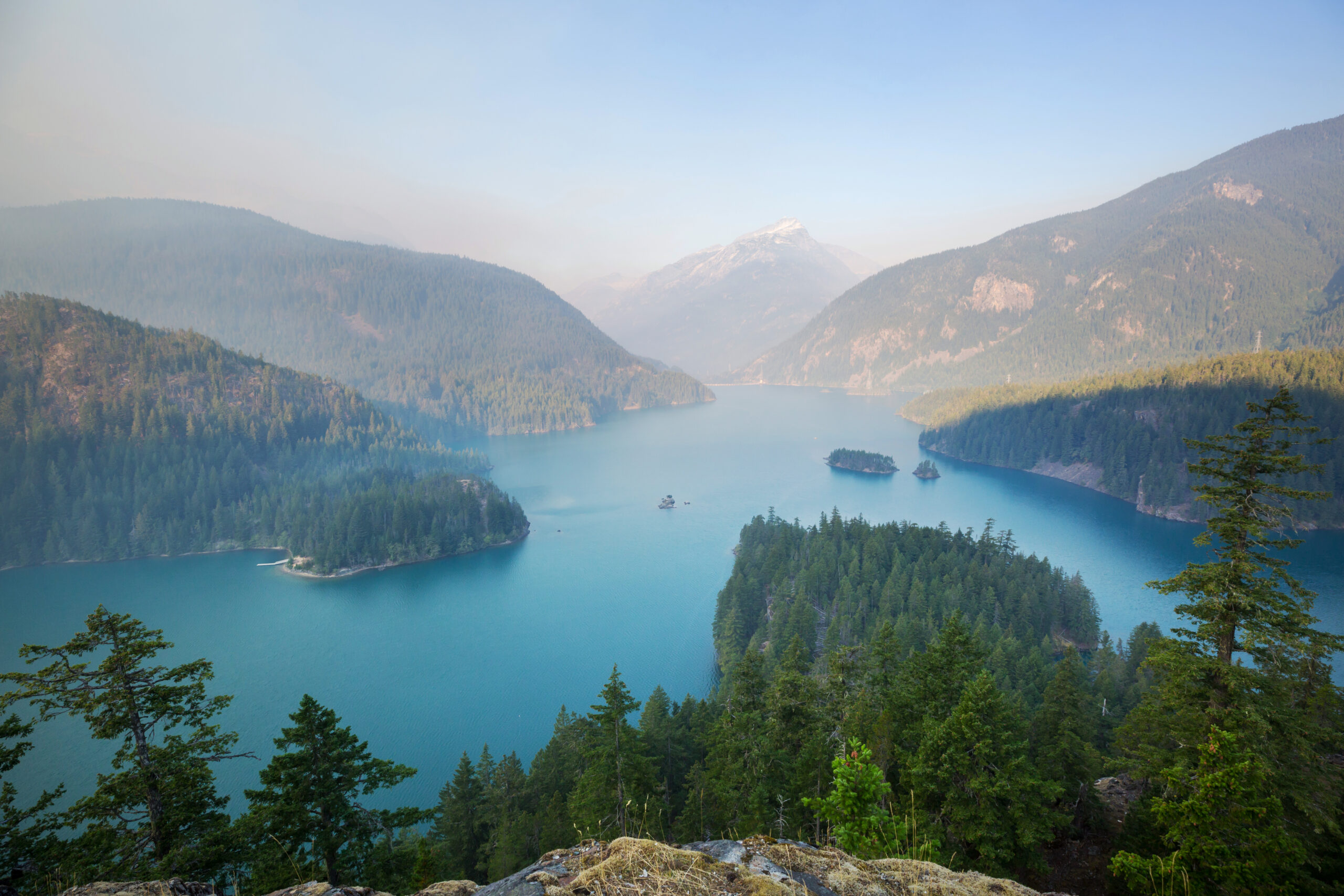Mount Fuji Travel Guide – Best Thing to Do aroound Fujisan
Hey world travelers, are you ready for a mountain escape like no other? Picture serene lakes, awe-inspiring vistas, and boundless exploration – that’s what awaits you around Mount Fuji, Japan’s iconic peak. Whether you’re an avid hiker, a culture enthusiast, or a nature lover yearning for serenity, Mount Fuji beckons. Join me as I reveal the ultimate guide to things to do around Mount Fuji, brimming with insider insights on how to make your mountain retreat truly unforgettable.
Mount Fuji Map
Explore the diverse offerings around Mt. Fuji with this detailed map, highlighting various activities and attractions for every traveler’s delight.
Things to Do around Mt. Fuji
- Arakurayama Sengen Park: Epic Mount Fuji views amidst cherry blossoms await at this awesome park.
- Shimoyoshida Honcho Street: Explore cozy shops and cafes on this charming street for a taste of local life.
- Kawaguchi Asama Shrine: Discover ancient serenity and cool architecture at the base of Mount Fuji.
- Tenku no torii: Capture stunning shots of Mount Fuji framed by a torii gate.
- Oishi Park: Enjoy serene lakeside scenery and vibrant flower displays with Mount Fuji as the backdrop.
- Saiko Iyashi-no-Sato Nenba: Wander a restored village with cute thatched-roof houses and stunning views.
- Shiraito Falls: Marvel at sparkling waterfalls against the majestic Mount Fuji backdrop.
- Hakone Shrine: Relax amidst lush greenery with breathtaking views of Mount Fuji and Lake Ashi.
- Mt. Fuji hike: Embark on an epic adventure up Japan’s highest peak for unforgettable views.
- Panorama Views & Terrace: soak in stunning Mount Fuji views.
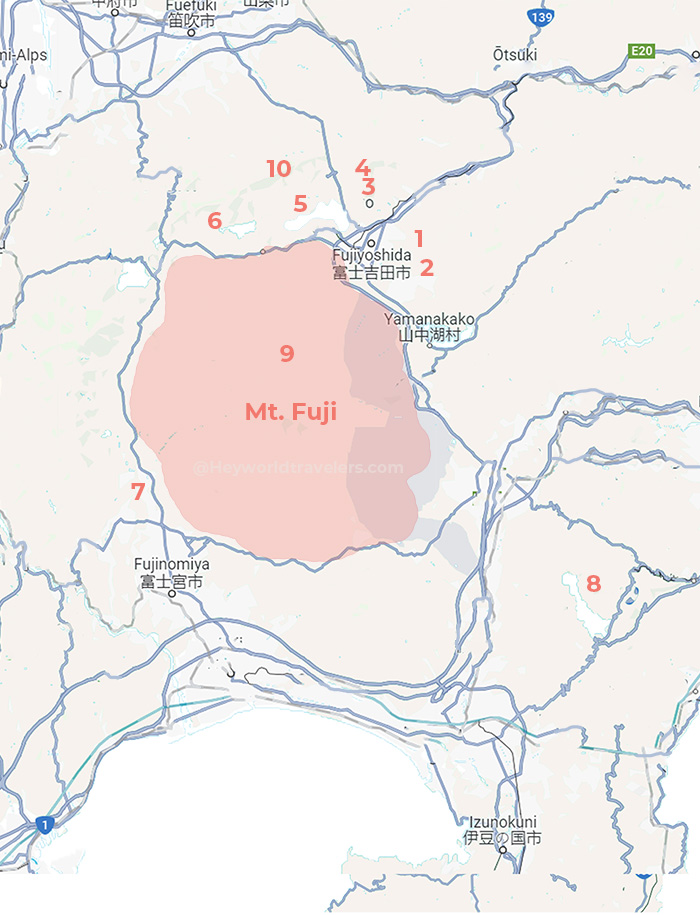
Things to Do around Mt. Fuji
1. Arakurayama Sengen Park: Embracing the Views
Arakurayama Sengen Park offers a truly breathtaking experience with its stunning panoramic views of Mount Fuji. Located in the town of Fujiyoshida, this park is a must-visit destination for nature enthusiasts and photography enthusiasts alike.
The park is famous for its iconic Chureito Pagoda, a striking red structure that stands proudly on the hillside. This five-story pagoda is surrounded by cherry blossoms in spring, creating a picture-perfect scene that has become an iconic symbol of Japan. Visitors can climb the steps to the pagoda and capture breathtaking photos with the majestic Mount Fuji as the backdrop.
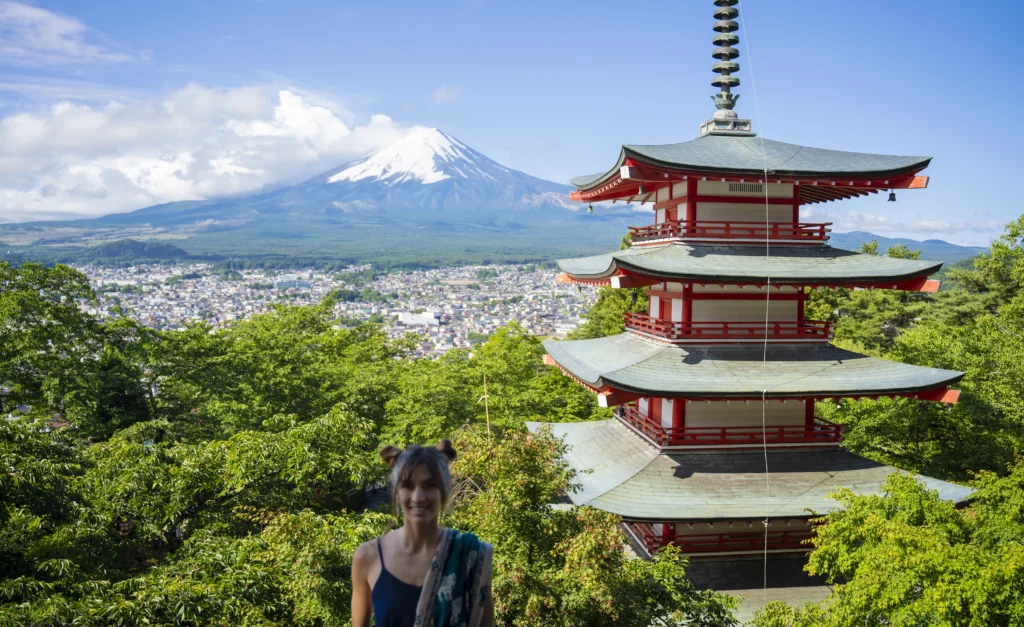
2. Strolling through Shimoyoshida Honcho Street
Honcho Street serves as the bustling thoroughfare that runs through the heart of Fujiyoshida, offering not just a passage through the city but also a captivating view of Mount Fuji. This iconic street has gained significant traction on social media platforms, attracting tourists and photographers alike who seek to capture the unique juxtaposition of the majestic mountain against the backdrop of tastefully decorated shop fronts, lanterns, and crisscrossing electric wires. With its photogenic charm and vibrant atmosphere, Honcho Street has become a must-visit destination for those exploring the wonders of Mount Fuji and its surrounding areas.

3. Visit the Serene Kawaguchi Asama Shrine
The Kawaguchi Asama Shrine is a must-visit destination for those seeking a tranquil and spiritual experience in the Mount Fuji region. This shrine is known for its architectural marvels and exudes a serene ambience that captivates visitors.
Take a moment to explore the different structures within the shrine, such as the main hall (honden) and the beautiful torii gate. These architectural marvels not only evoke a sense of awe but also provide a glimpse into the rich history and traditions of the shrine.

4. Perfect photos at Tenku no torii
Nestled near Mount Fuji is Tenku no Torii, a spot gaining fame among travelers. It’s known for its unique torii gate that seems to float in the sky, earning it the nickname “Torii Gate in the Sky.” Though the hike up can be tough, the payoff at the top is unbeatable – Mount Fuji framed by the traditional gate. Getting there early is key to beat the crowds and catch the sunrise. Just bring a few yen for admission and be careful driving on the narrow roads. Tenku no Torii may not be a secret anymore, but it’s still a must-see for those exploring Japan’s natural beauty.
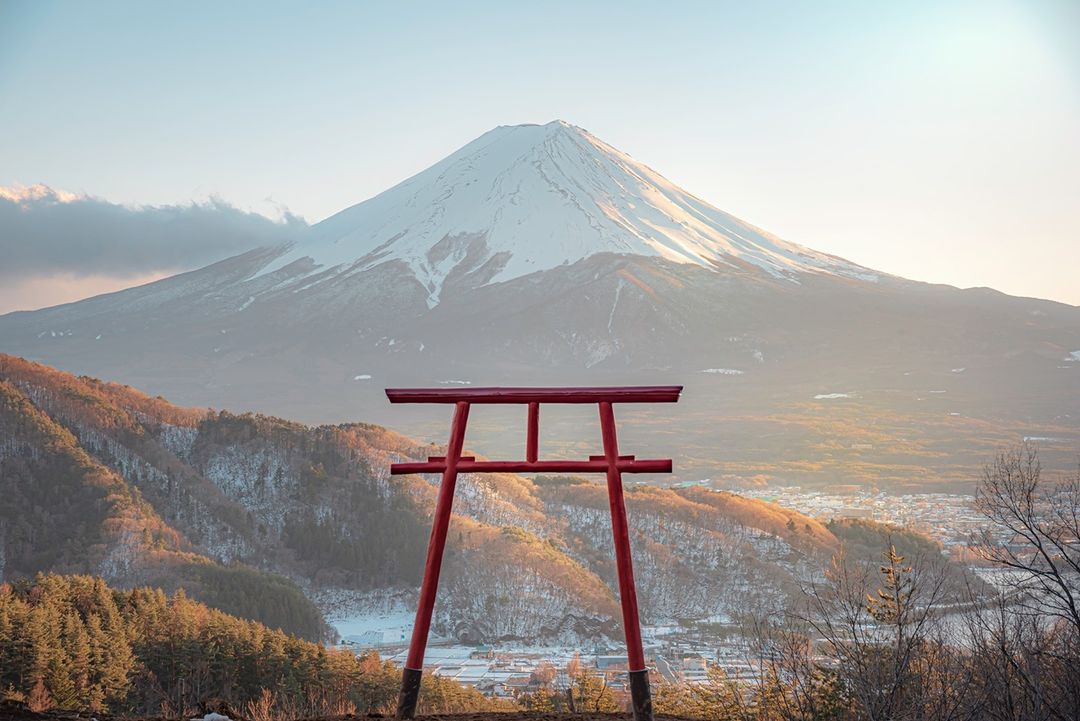
photo by @ino_key0420

5. Seasonal Beauty at Oishi Park
Oishi Park is a picturesque destination that offers breathtaking views of Mount Fuji and showcases the beauty of seasonal flowers. Nestled in the Fuji Five Lakes region, Oishi Park is a paradise for nature lovers and photography enthusiasts.
One of the highlights of Oishi Park is its vibrant display of seasonal flowers. Depending on the time of year, visitors can witness the park burst into a riot of colors with various blooms. Spring brings a stunning showcase of cherry blossoms, creating a romantic and ethereal atmosphere. Autumn, on the other hand, showcases the park’s transformation with fiery hues of red, orange, and gold. These seasonal flowers add a touch of magic to the already breathtaking views of Mount Fuji.

6. Experiencing Tradition at Saiko Iyashi-no-Sato Nenba
Saiko Iyashi-no-Sato Nenba is a captivating traditional village nestled near Mount Fuji. This charming village has carefully preserved its thatched roof houses, allowing visitors to step back in time and immerse themselves in the rich cultural heritage of Japan.
Upon entering Saiko Iyashi-no-Sato Nenba, you’ll be greeted by the sight of picturesque thatched roof houses, each exuding its own unique charm. These traditional houses, with their distinctive architectural style, reflect the rural beauty of Japan’s past. Take a leisurely stroll through the village, explore the enchanting houses, and admire the skilled craftsmanship that has kept them standing for generation
One of the highlights of visiting Saiko Iyashi-no-Sato Nenba is the opportunity to engage in hands-on craft workshops. Try your hand at traditional crafts such as weaving, pottery, and painting, under the guidance of skilled artisans. This immersive experience allows you to not only learn about the traditional techniques but also create your own unique piece to take home as a memorable souvenir.

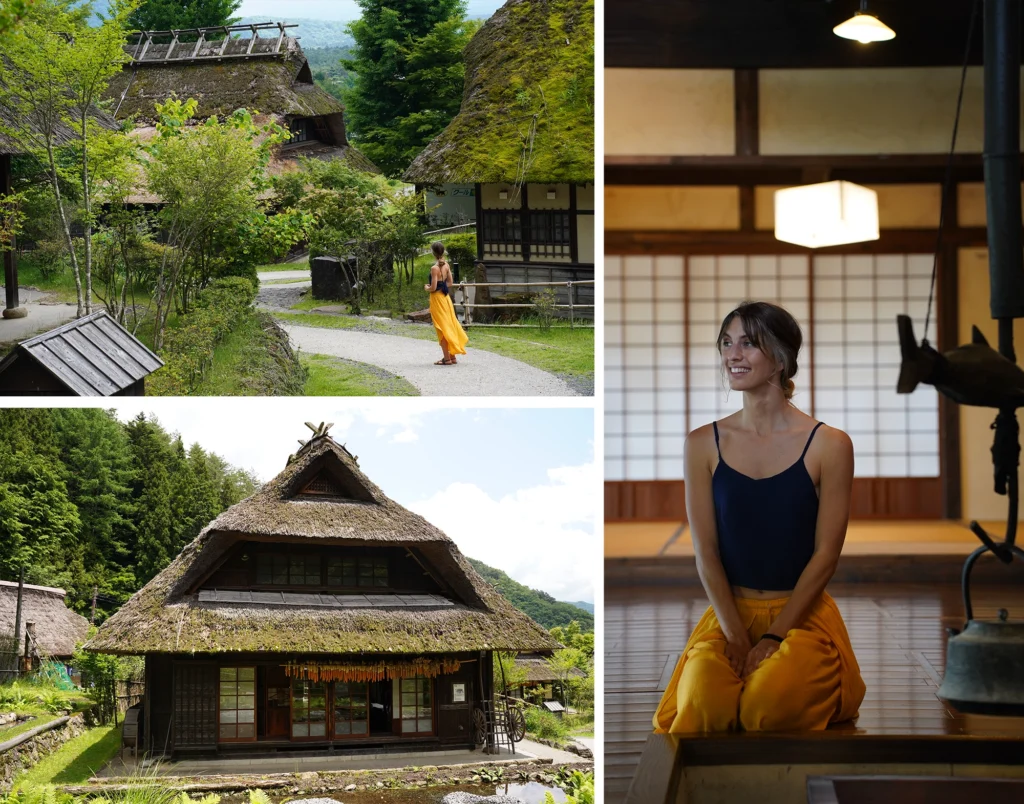
7. Mesmerizing Nature at Shiraito Falls
Exploring the hidden waterfalls is a rewarding experience for nature lovers around Mount Fuji. Shiraito Falls is a picturesque waterfall nestled in the beauty of nature. The cascading waters of the falls flow gracefully, resembling a delicate silk curtain in motion. Nature enthusiasts and photography enthusiasts will be captivated by the serene ambiance and the stunning visual display of Shiraito Falls.
Surrounding Shiraito Falls are nature trails that allow visitors to explore the surrounding landscape and immerse themselves in the beauty of the area. The trails offer a chance to discover hidden gems, such as serene ponds, lush greenery, and scenic viewpoints.

8. Visit Hakone Shrine
One of the most iconic features of Hakone Shrine is its beautiful Torii Gate, which stands majestically in the waters of Lake Ashi. This striking vermilion gate is not only a symbol of entrance to the sacred grounds but also offers a stunning photo opportunity against the backdrop of Mount Fuji
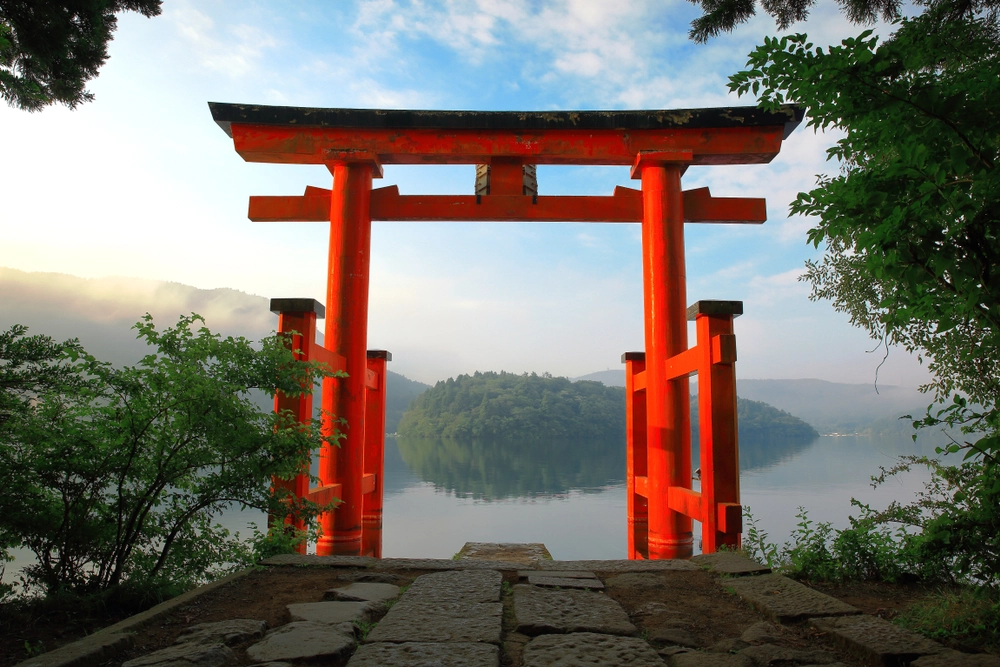
Top tip for visiting Hakone Shrine: For a smooth visit to Hakone Shrine, check the weather in advance. Arriving early in the morning or late in the afternoon can help you avoid queues and crowds.

9. Conquering Mount Fuji on a Hike
A hike up Mount Fuji is a must-do for outdoor enthusiasts. The exhilarating climb to the summit offers breathtaking views and a sense of accomplishment like no other. Be prepared for a physically demanding journey, but the reward of standing atop Japan’s highest peak is beyond compare. Remember to check the weather conditions and plan your hike accordingly to ensure a safe and memorable experience.

10. Mount Fuji from Above: Embrace Panoramic Views from Terraces and Viewpoints
Embark on an incredible journey to behold the stunning beauty of Mount Fuji from above. Take a ride on the Mount Fuji Panoramic Ropeway to reach breathtaking heights, where you’ll witness panoramic views of Fuji’s magnificence.
At the FUJIYAMA Twin Terrace, relish the tranquil surroundings and absorb the breathtaking sights of Mount Fuji and Japan’s scenic landscape.
Whether you’re capturing photos or simply unwinding on the terraces, experiencing the panoramic views from Mount Fuji’s viewpoints is an essential part of the array of things to do around Mount Fuji.

Here, you can easily make reservations for the thrilling activities around Mount Fuji. Booking through these links ensures you access the same prices and supports this platform with a modest commission.
Where to stay around Mount Fuji
When it comes to accommodations around Mount Fuji, options abound to suit every traveler’s preference and budget. During our visit, we enjoyed staying at Hostel Fujisan YOU, offering comfortable lodging and excellent service.
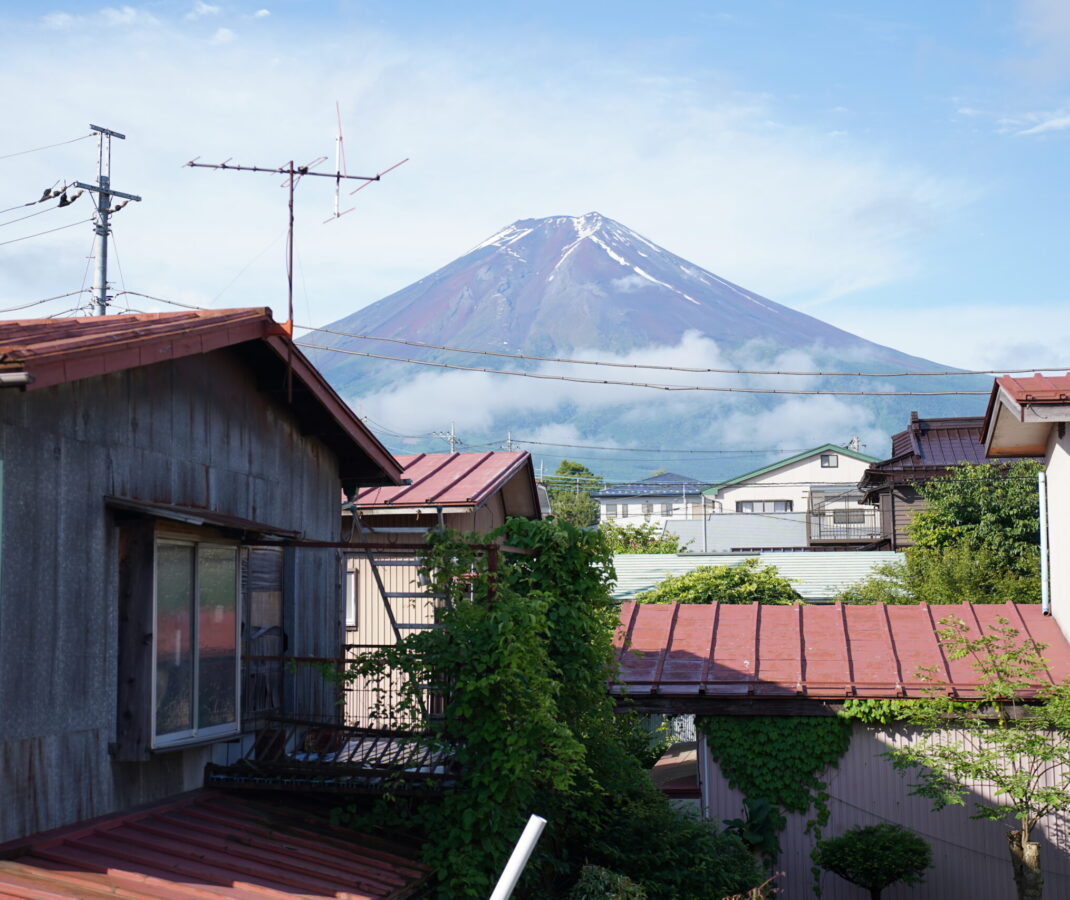
For budget travelers , other popular choices include Dot Hostel&Bar, Toyoko Inn Fuji Kawaguchiko Ohashi, and Kagelow Mt.Fuji Hostel Kawaguchiko (up to $60 for 2 people).
For mid-range accommodations (up to $100), Hostel Saruya and Guest House Zen provide charming settings with traditional Japanese design and warm hospitality. Meanwhile, luxury travelers (starting from $100) can indulge in the lavish amenities and stunning views offered by Fuji Lake Hotel, Fuji Gran Villa – TOKI –, and Fuji View Hotel.
Where to eat around Mt Fuji
When dining around Mount Fuji, a range of culinary delights awaits. From authentic Japanese cuisine at Yama Restaurant and Fujisan Shokudou to fusion options at toe BAR & RESTAURANT, there’s something for every taste.
Seafood lovers can indulge in fresh sushi at Numazu Uogashi Sushi Nagarezushi, while Italian cuisine with a view is served at La Luce. International flavors are available at ALLADIN INDO RESTAURANT, and traditional Japanese dishes await at Restaurant Konami, Sanrokuen and Sengenchaya Honten. With diverse options to explore, dining around Mount Fuji promises a memorable experience..
Restaurants:



How to Get to Mount Fuji from Tokyo
1. By Bus:
Getting to Mount Fuji offers various convenient options for travelers. If you prefer public transportation, catching a bus from Tokyo is a popular choice. Bus companies like JR Kanto and Fujikyu depart from Tokyo Station, Shibuya Station, or Shinjuku Station, providing service to Kawaguchiko Station. The buses run once or twice an hour and take around 2 hours to reach their destination, costing approximately $16 to $18 per person.
2. By Train:
Traveling by train to Mount Fuji offers a swift and comfortable journey, taking just 1 hour and 30 minutes to Otsuki. While the Japan Rail Pass facilitates access to the Shinkansen, a transfer at Otsuki station is required as it doesn’t cover Fujikyu Railway within the Fuji area. For those prioritizing speed and comfort, the Bullet Train (Shinkansen) is an ideal option, though it doesn’t stop directly at Mount Fuji. Instead, travelers can catch a bus from Shin-Fuji or Mishima stations to reach the Mount Fuji area. Alternatively, the scenic Fujikyu Railway route from Tokyo’s Shinjuku Station to Otsuki Station provides breathtaking views, including Lake Kawaguchi. Prices starting at around $20 for the Shinkansen and $10 for the Fujikyu Railway.
3. By Car:
Renting a car offers flexibility and allows you to explore the surrounding areas at your own pace, with prices typically starting at around $50 to $70 per day, depending on the vehicle type and rental company.
With the convenience of buses, the flexibility of a rental car, or the comfort of a train journey, reaching the iconic peak of Mount Fuji is accessible and enjoyable for travelers from Tokyo and beyond.

EXPLORE RELATED POSTS
2024-04-01





